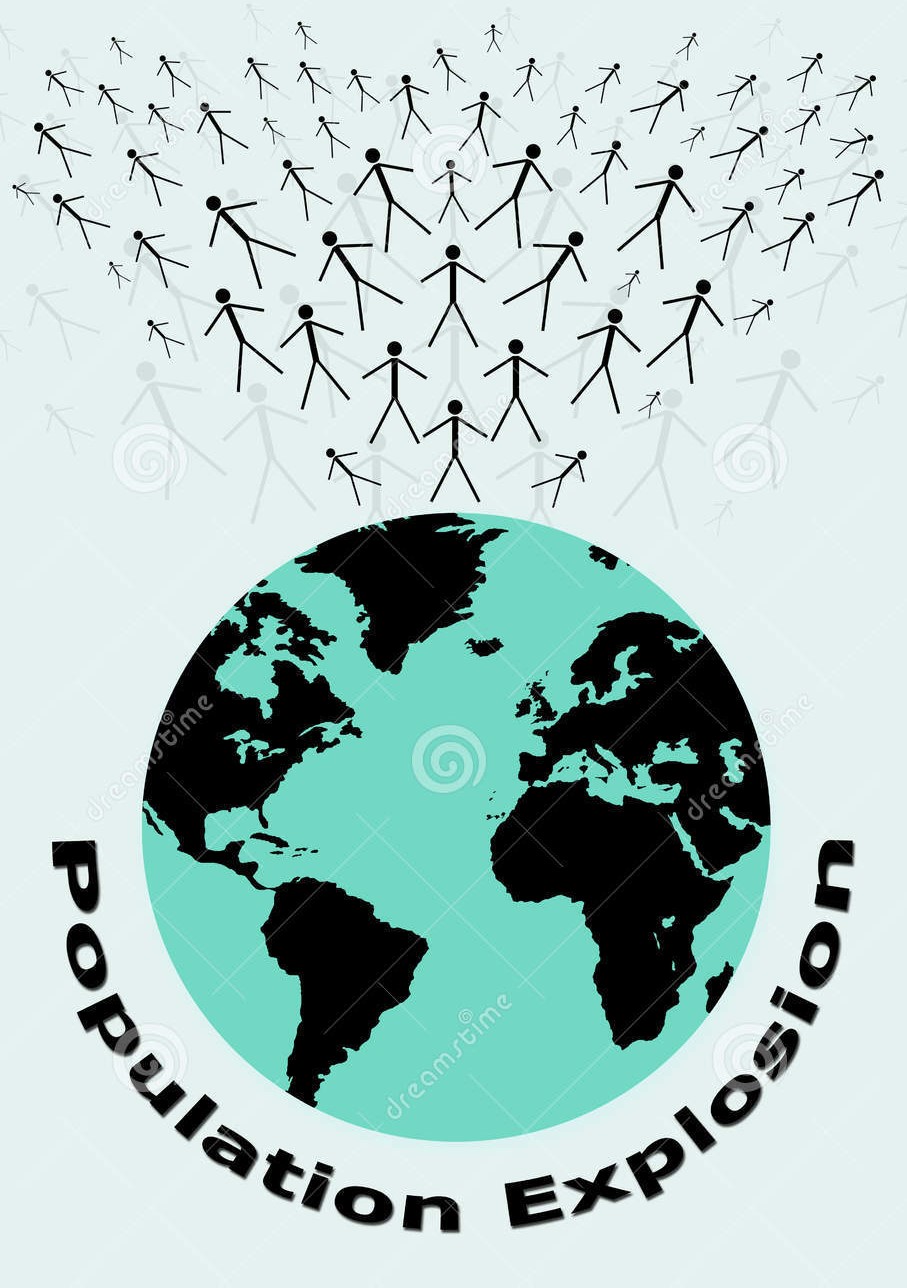
Week 15: Consequences of world Population Growth & Population Explosion and State of Population in Pakistan
Population explosion refers to the rapid and dramatic rise in world population that has occurred over the last few hundred years. Between 1959 and 2000, the world’s population increased from 2.5 billion to 6.1 billion people. According to United Nations projections, the world population will be between 7.9 billion and 10.9 billion by 2050. Most of the growth is currently taking place in the developing world, where rates of natural increase are much higher than in industrialized countries. Concern that this might lead to over population has led some countries to adopt population control policies.
The combination of a continuing high birth rate and a low death rate is creating a rapid population increase in many countries in Asia, Latin America and Africa and people generally lived longer. Over-population is defined as the condition of having more people than can live on the earth in comfort, happiness and health and still leave the world a fit place for future generations. But some people now believe that the greatest threat to the future comes from over-population.
During 1950–2012, Pakistan's urban population expanded over sevenfold, while the total population increased by over fourfold. In the past, the country's population had a relatively high growth rate that has been changed by moderate birth rates. Between 1998–2017 the average population growth rate stood at 2.40%.
Dramatic social changes have led to rapid urbanization and the emergence of megacities. During 1990–2003, Pakistan sustained its historical lead as the second-most urbanized nation in South Asia with city dwellers making up 36% of its population. Furthermore, 50% of Pakistanis now reside in towns of 5,000 people or more.


